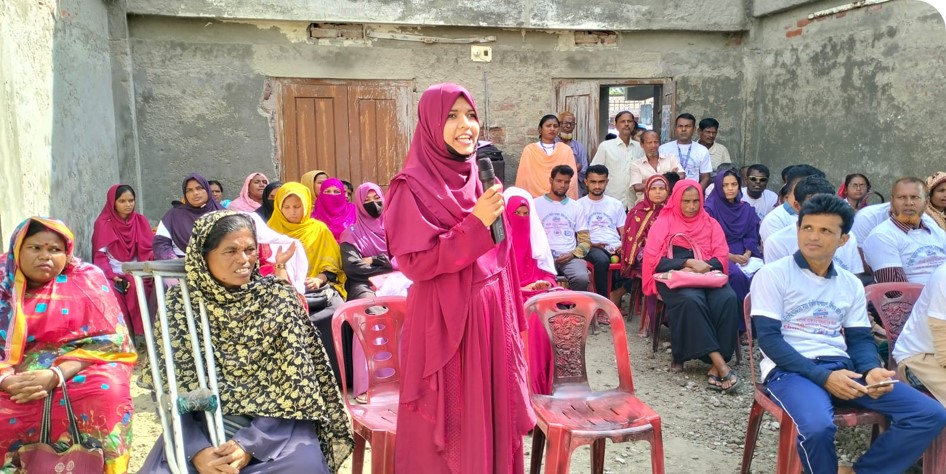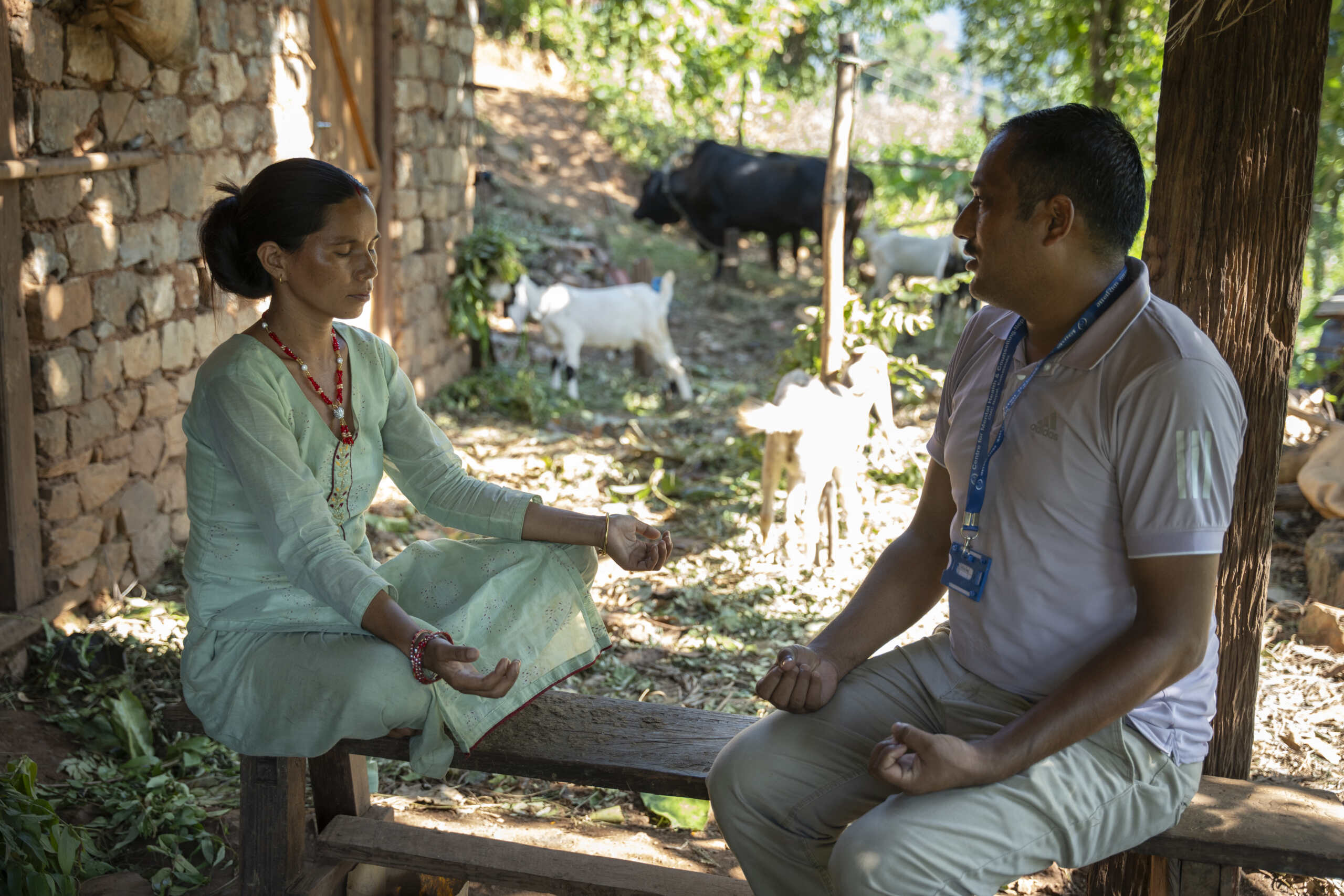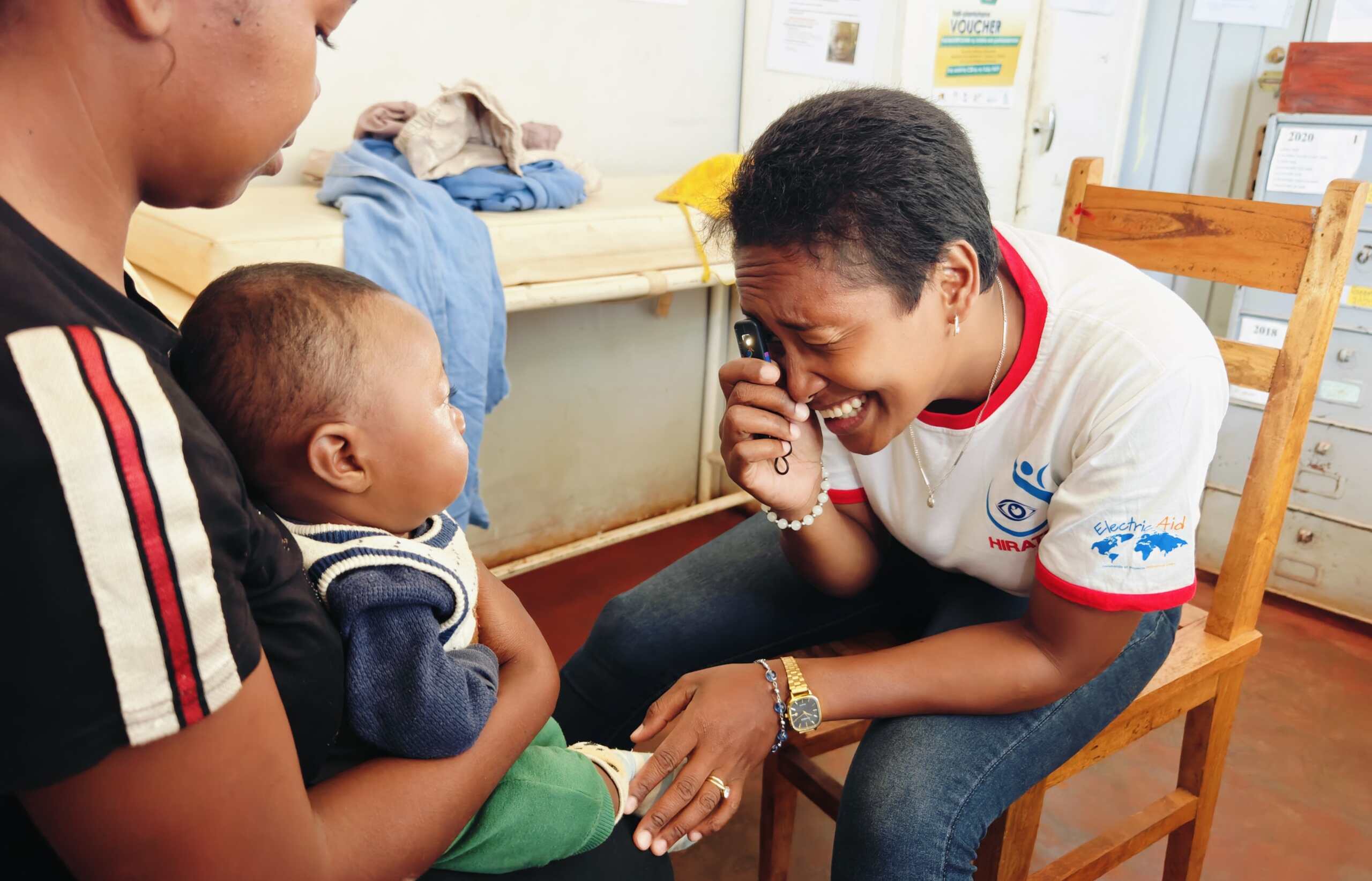How to include Organisations of Persons with Disabilities (OPDs/DPOs) in Humanitarian Action
Humanitarian actions involve aid, which traditionally uses power and authority to dispense the aid aiming to restore the lives and livelihoods of affected communities at a pace faster than the usual development action. Humanitarian workers are trained to tackle the situations, complying with various human rights, humanitarian treaties, and local regulations. People’s participation in humanitarian action has proved effective. However, these ‘people’ have not always been all people. Our societies are not homogenous, and neither are they above power dynamics, hierarchy, and inequality. People with disabilities make up 15% of the global population and are disproportionately affected by humanitarian crises, both natural and human-made. Yet, their participation has not been standard practice in humanitarian actions. People with disabilities, their organisations, and disability movements consider that these exclusionary practices undermine the knowledge and experience of the world’s largest global minority. These exclusionary practices only serve to keep humanitarian actions ineffective and not be able to reach out to everyone equally.
To break this perpetuity and occasional ceremonial participation, the Inter-Agency Standing Committee (IASC) Guideline on the inclusion of persons with disabilities in humanitarian action underscores the participation of the organisations of persons with disabilities (OPDs) in humanitarian actions. It suggests 4 must do’s in humanitarian actions to make it inclusive:
- Promote meaningful participation of OPDs
- Identify and remove barriers
- Empower persons with disabilities
- Data disaggregation for monitoring inclusion
For an emergency response to be effective, everyone must be involved. This includes persons with disabilities. Ensure OPDs participate in decision-making processes and that they are active stakeholders at all stages.
Today, we launch the video on the inclusion of persons with disabilities in humanitarian action in 10 languages, including international sign language and in Ukrainian. These videos focus on raising awareness about the importance of involving Organisations of Persons with Disabilities (OPDs/DPOs) and persons with disabilities in humanitarian action, using the IASC Guidelines on the Inclusion of Persons with Disabilities in Humanitarian Action, published in 2019. They are designed to promote the implementation of quality humanitarian programmes in all contexts and across all regions and to establish and increase both the inclusion of persons with disabilities and their meaningful participation in all decisions that concern them.
We hope many other translations and accessible communication materials will follow this and are made available to people with disabilities and their organisations. We believe this will help empower the grassroots organisations, the humanitarian workers, and the authorities to create an inclusive and enabling environment in humanitarian actions.
These videos were created as part of the VIVIDT Project. Its main aim was to create a global community of practice working towards disability inclusion in humanitarian action and volunteering. With the additional support of IOM Iraq and CBM Global and the effort of VIVIDT partners ASPEM, Abilis, CBM Ireland, European Disability Forum, we translated the videos in 10 languages:
Contact:
Mahbub Kabir, Advocacy & Inclusion Advisory Manager, CBM Ireland: mahbubkabir@cbm.ie
Christian Modino Hok, Humanitarian Action Director, CBM Global: christian.modinohok@cbm-global.org
Kathy Al Ju’beh, Senior Advisor on Inclusive Development and Capacity Development Lead, CBM Global: Kathy.Aljubeh@cbm-global.org
Roberta Lulli, Digital Accessibility Trainer for VIVID:T Project, European Disability Forum: roberta.lulli@edf-feph.org
https://cbm-global.org/blog/opds-in-humanitarian-action
Related News

Achieving resilience for all requires funding disability inclusion in DRR
On International Day for Disaster Risk Reduction (DRR) 2025,...

The Vital Role of Mental Health and Psychosocial Support in Humanitarian Emergencies
Why Mental Health Cannot Be Overlooked When disasters strike, whether...

Lighting the Path to Sight: How Early Eye Screening is Changing Children’s Futures in Madagascar
Every child deserves the right to sight In Madagascar, thousands...
